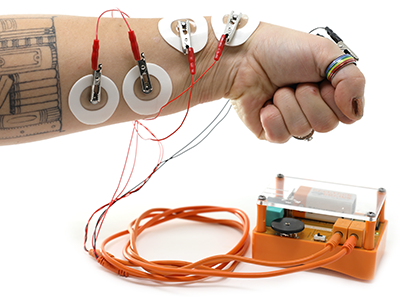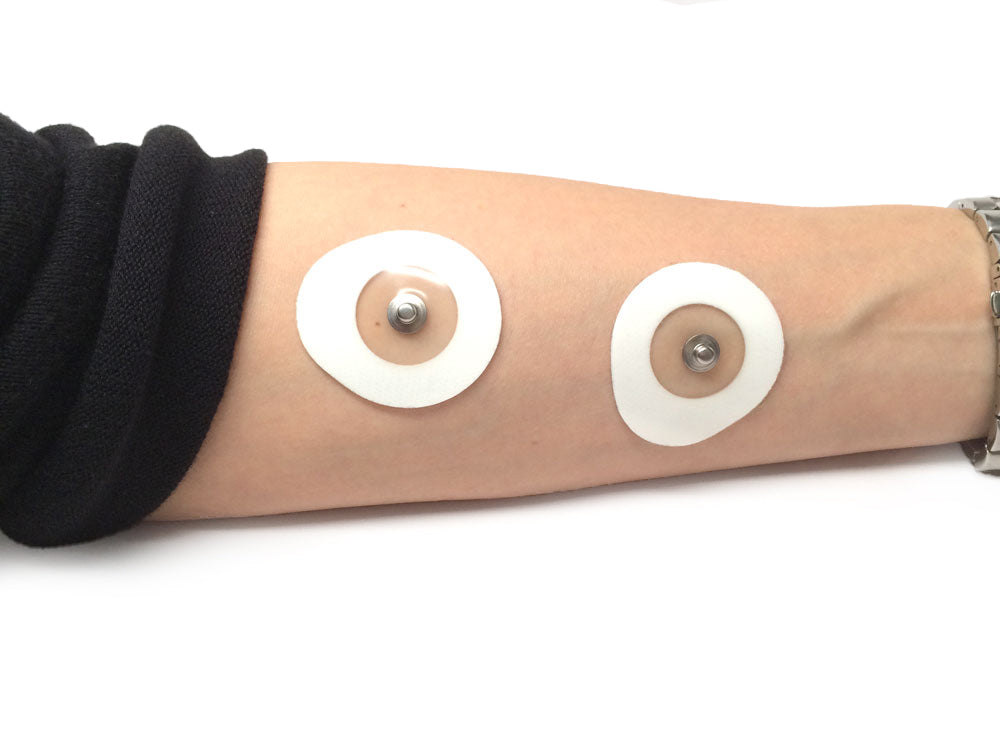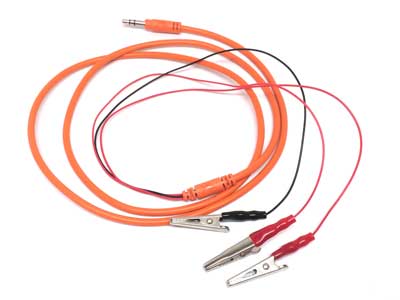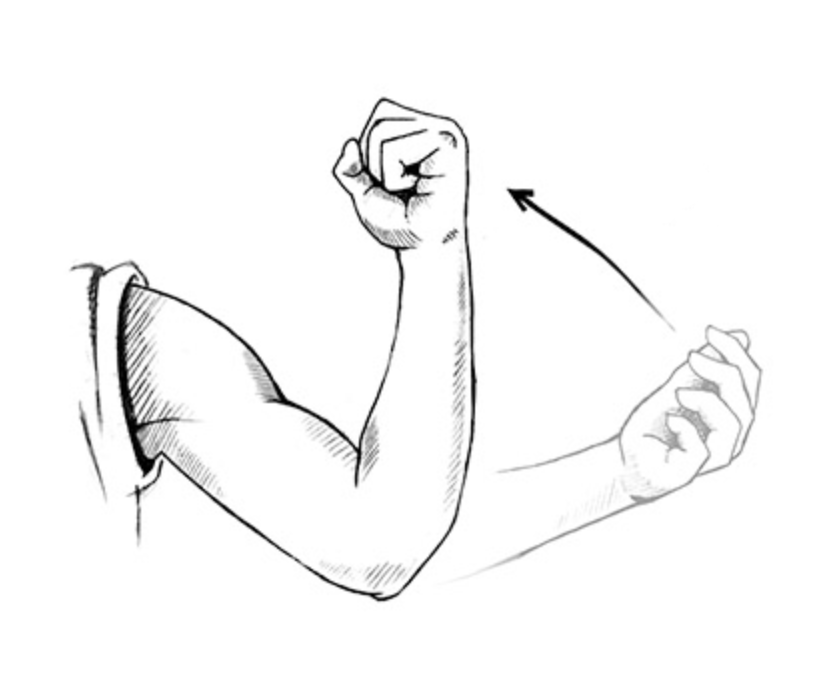
Electromyography (EMG) of Agonist/Antagonist Muscle Pairs

Learn about the relationships between agonist and antagonist muscle pairs and how they work together to maintain balance, posture, and smooth movement.
About experiment
What Will You Learn?
- Understand agonist and antagonist muscle relationships.
- How the motor cortex sends electrical commands to control movement.
- The roles of flexor and extensor muscles.
- How to record and analyse muscle action potentials using a Human SpikerBox.
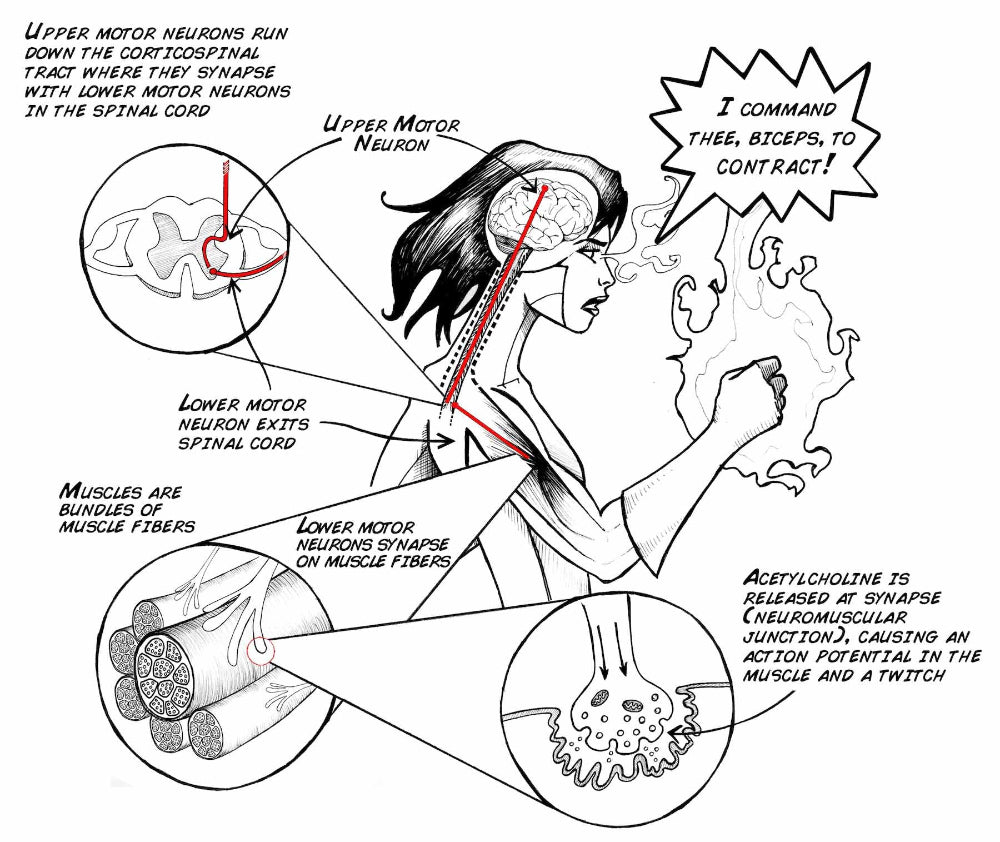
Background
The brain is the body’s command centre, sending signals through the spinal cord to coordinate every movement. To keep actions smooth rather than clumsy, muscles work in pairs: when one (the agonist) contracts, its partner (the antagonist) relaxes. In this experiment you’ll uncover how this push–pull system produces graceful motion.
Experiment
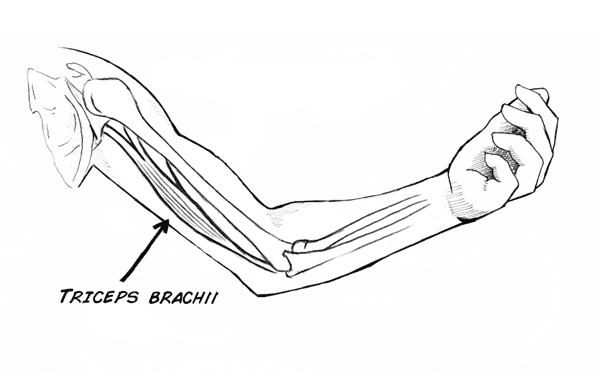
Biceps–Triceps Pair EMG Recording
Materials:
- Human SpikerBox
- EMG electrodes (5)
- USB cable
- Laptop, tablet, or smartphone with SpikeRecorder
Setup:
- Identify the biceps (front of upper arm) and triceps (back of upper arm).
- Place two patch electrodes on the biceps, ~5 cm apart; repeat on the triceps.
- Place a ground electrode on the back of your hand or wrist and clip both black leads to it.
- Connect the SpikerBox and open SpikeRecorder. Adjust gain until spikes are clear.
Procedure:
- Waving. Wave to a friend. Which muscle is active at each point? Hypothesise which acts as agonist and which as antagonist. If the EMG is noisy, reposition the electrodes and note what improves signal quality.
- Antagonist activity. Try to relax the antagonist completely during movement. Does it still fire? What might cause any spikes you see?
- Push-ups. Perform a push-up (standard or modified). Which muscle is the agonist on the way down versus the way up? Does the role switch?
Results & Analysis
Analyse your traces to see how agonist and antagonist spikes alternate. During waving, does one muscle stay mostly silent while the other fires? During push-ups, does the agonist switch roles? Discuss how reciprocal inhibition and co-contraction maintain smooth, controlled movement.
What do you need?
-
Related Products


